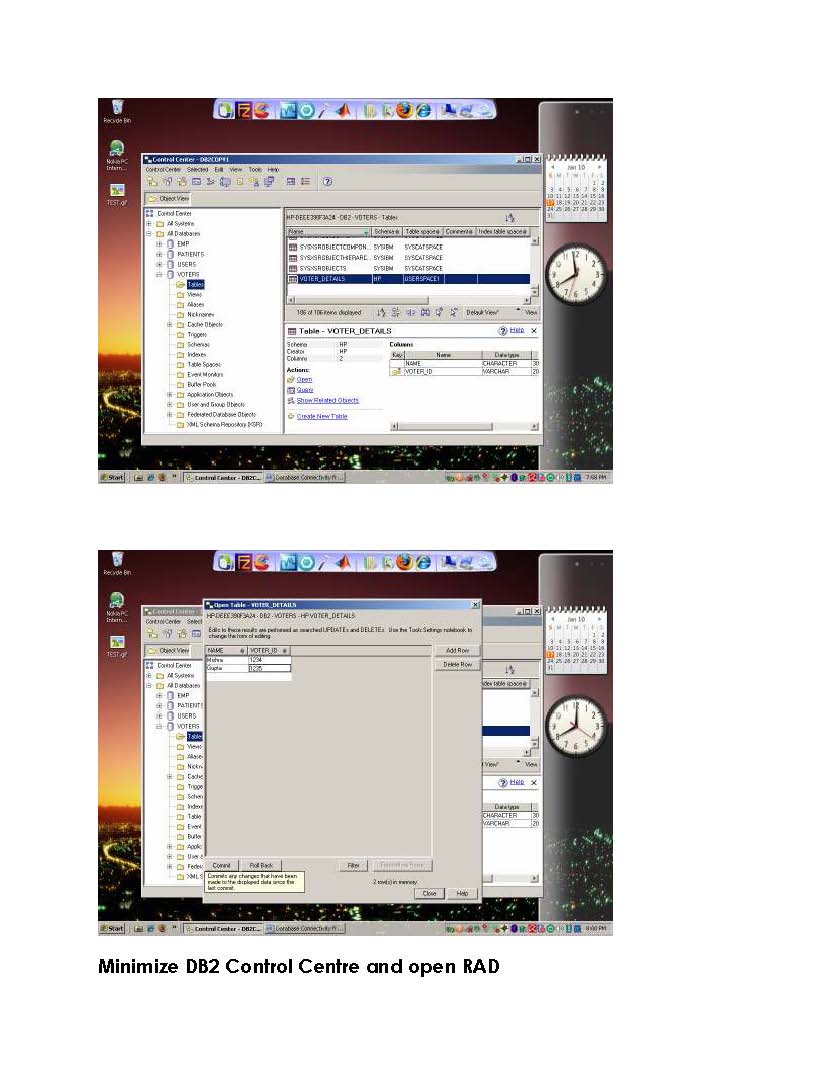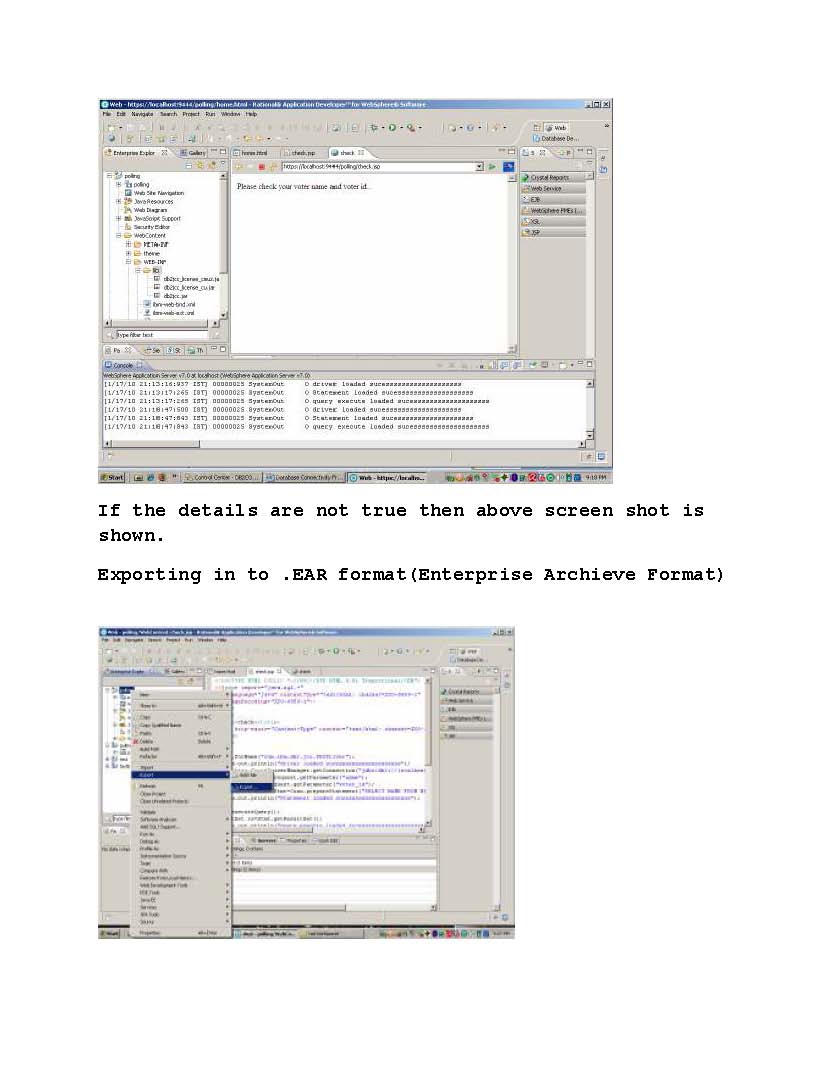please read this before going down ----- how-to-put-widget-on-specific-page-of-your-blog
Conditional tags in blogger are used to tell browsers what to do in certain conditions. For example, when we use:
A conditional tag comes handy when you are designing your Blogger blogs and customizing it from the scratch to take it to the next level. But first you need to know how many types of pages are there in Blogger and then how to use the conditional tags respective to that type of page. In this tutorial I will try to cover most of it, so let’s start.
Item page refers to the individual post pages. It’s the page when you click the tile of the post or the read more link in blogger to read the full post. The conditional tag:
Conditional tags in blogger are used to tell browsers what to do in certain conditions. For example, when we use:
It gives the browser the condition that when it’s an item (post) page then show “Hello world” otherwise, for every other pages show “Goodbye Cruel World”. Interesting, isn’t it.<b:if cond='data:blog.pageType == "item"'>
Hello world
<b:else/>
Goodbye Cruel World
</b:if>
A conditional tag comes handy when you are designing your Blogger blogs and customizing it from the scratch to take it to the next level. But first you need to know how many types of pages are there in Blogger and then how to use the conditional tags respective to that type of page. In this tutorial I will try to cover most of it, so let’s start.
Type of Pages in Blogger and Conditional Tags For It
1. Item PageItem page refers to the individual post pages. It’s the page when you click the tile of the post or the read more link in blogger to read the full post. The conditional tag:
<b:if cond='data:blog.pageType == "item"'>
Hello World
</b:if>






























